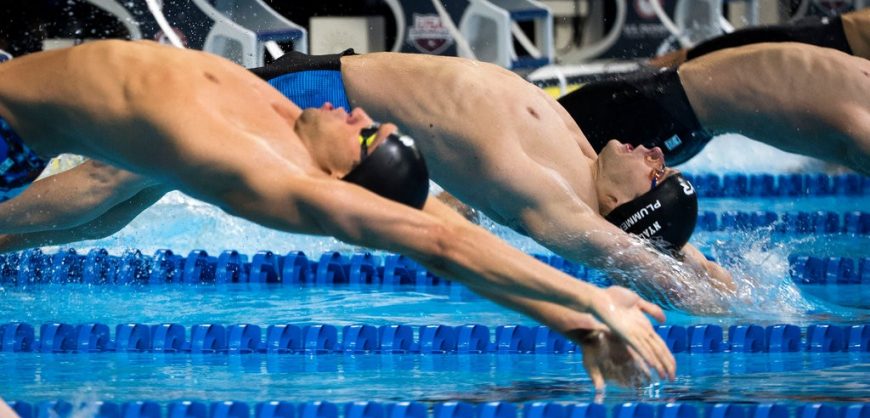Do world-class swimmers’ hearts function differently than the hearts of elite runners?
A new study finds that the answer may be yes, and the differences, although slight, could be telling and consequential, even for those of us who swim or run at a much less lofty level.
Cardiologists and exercise scientists already know that regular exercise changes the look and workings of the human heart. The left ventricle, in particular, alters with exercise. This chamber of the heart receives oxygen-rich blood from the lungs and pumps it out to the rest of the body, using a rather strenuous twisting and unspooling motion, as if the ventricle were a sponge being wrung out before springing back into shape.
Exercise, especially aerobic exercise, requires that considerable oxygen be delivered to working muscles, placing high demands on the left ventricle. In response, this part of the heart in athletes typically becomes larger and stronger than in sedentary people and functions more efficiently, filling with blood a little earlier and more fully and untwisting with each heartbeat a bit more rapidly, allowing the heart to pump more blood more quickly.
While almost any exercise can prompt remodeling of the left ventricle over time, different types of exercise often produce subtly different effects. A 2015 study found, for instance, that competitive rowers, whose sport combines endurance and power, had greater muscle mass in their left ventricles than runners, making their hearts strong but potentially less nimble during the twisting that pumps blood to muscles.
Read more HERE



































